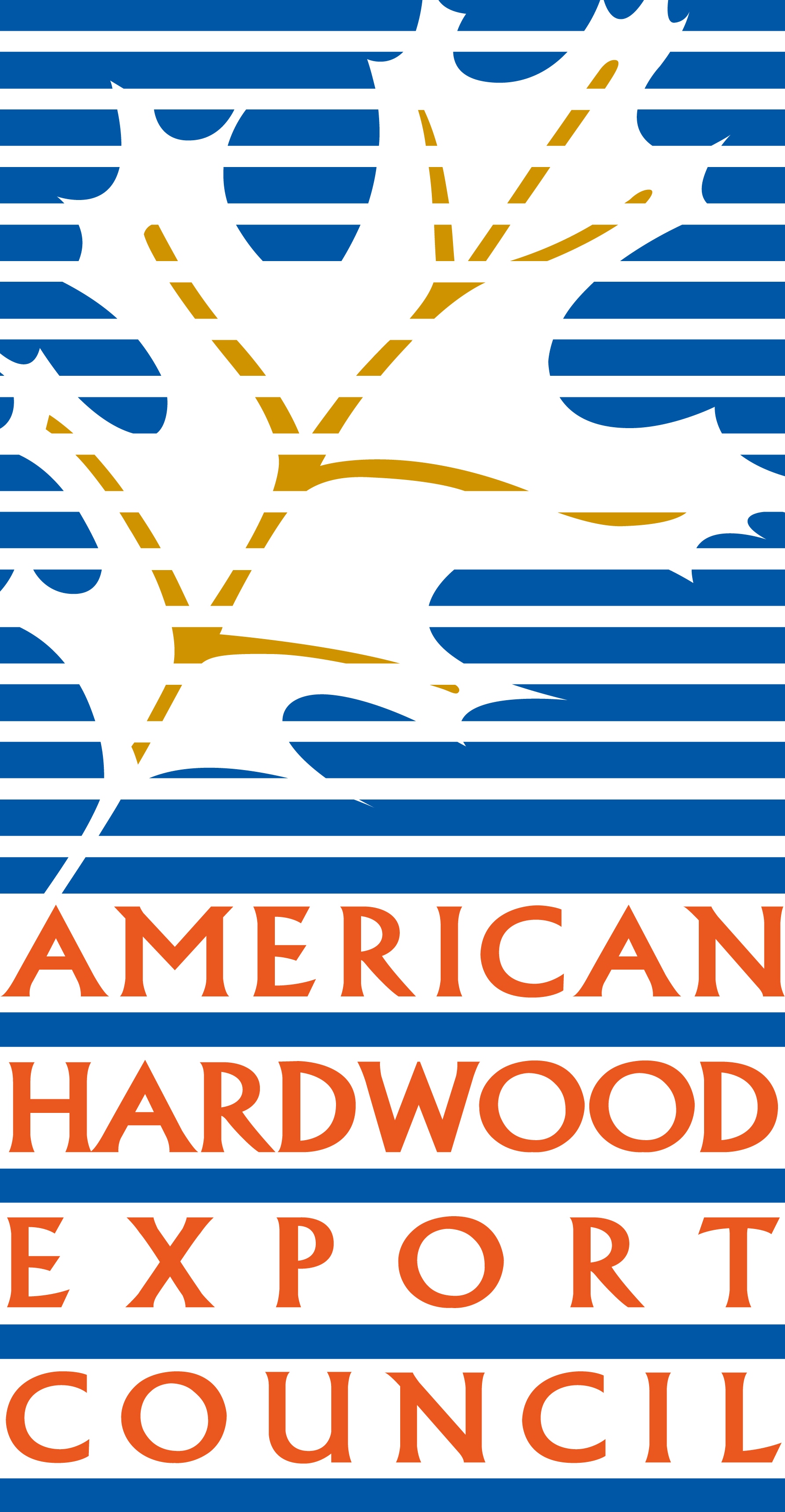AIA Japan - Locally-based Sustainable Design Approach for Walkability in Dubai - by Takeshi Maruyama, AUD
When: Thursday, December 17 @ 04:30 (Eastern US time)/ 18:30 (Japan time)
CES Credits - 2.0 LU/ HSW
Speaker: Takeshi Maruyama, American University in Dubai
Description:
Since the discovery of oil in 1966 and its subsequent financial revenues, Dubai has been developing rapidly into a global city – while mainly adapting the western urban development style. Suburban growth exploded, with urban sprawl becoming an issue since the early 1980s. Local towns spread out and expanded in scale. Consequently, Dubai could be called ‘Cities within a city,’ representing many fragmented western-style suburban communities connected by automobiles. People often attribute problems with walkability or the limited pedestrian-oriented activities to the harsh weather. Still, harsh weather in Dubai lasts roughly four months out of the year, causing people to avoid the outdoors during that period. Nevertheless, the somewhat limited walkability continues throughout the year, even in the nicer weather. Then what is the leading cause of this phenomenon?
My study argues that this limited walkability is not due to weather but due to the urban structure caused by mega-developments in Dubai, which do not consider human scale or local culture. For instance, old districts such as Satwa or Karama have a more compact scale; therefore, pedestrian activities occur naturally. Aggressive adaptation of western-style urbanization completely goes against locally-adapted sustainable design approaches that ancestors have fostered in the city. Driveways and fenced-gardens have replaced the narrow alleys (Sikka) and the court-yard houses of the past. These drastically changed the structure of communities, therefore, impacting walkability as well as the health, safety and welfare of its residents.
This issue is a common theme discussed in the thesis courses and sustainability design studios, which I am instructing at the university. The lecture will demonstrate potential design solutions for walkability and enhancing outdoor public space usage within existing urban areas.




